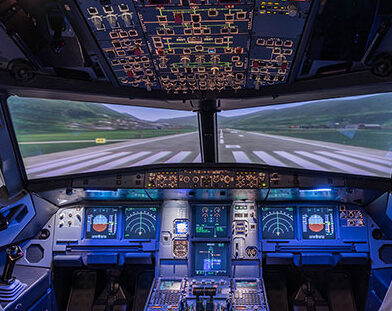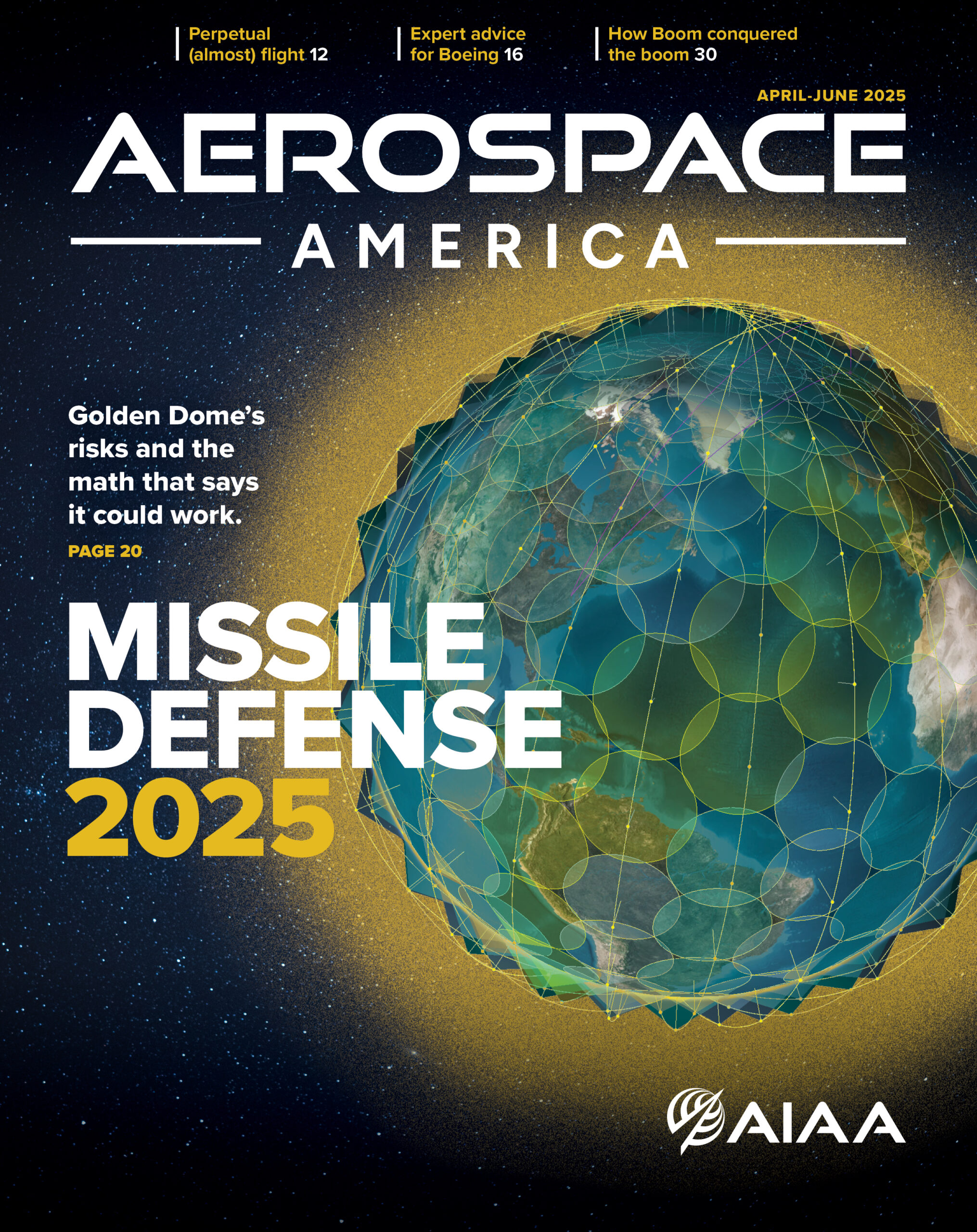Pulling from our personal experiences in the flight deck and applying them to the business meeting room, I joined U.S. Air Force Test Pilot Lt. Col. Carlos Pinedo for an AIAA webinar highlighting the importance of psychological safety in every work environment. We especially emphasized how leaders and subordinates can create and maintain an environment where all ideas and opinions are valued.
Psychological safety is the sense of being able to show and employ oneself without fear of negative consequences to self-image, status, or concern. Boiled down, it is the belief that in a group, we are safe to take interpersonal risks. We are able to speak up with ideas, questions, concerns, and mistakes, and we won’t suffer negative social or professional consequences as a result. Research confirms that all high-performance teams have high levels of psychological safety.
In flying, successful teamwork follows the concept of Crew Resource Management (CRM). Since its adoption in military and civilian organizations, we’ve seen reduced individual workload and increased situational awareness. It is an understanding that each pilot has a high standard and that the other shares that high standard and can be trusted to share responsibility for a safe and successful flight. CRM has resulted in increased mission success and fewer accidents. These same concepts can be applied to a non-flight environment.
There are four levels of psychological safety in a team or company environment. The first is Inclusion Safety where everyone has the space to talk. The second is Learner Safety where members have space to grow. The third is Contributor Safety where people have the space to create value. The final and most important level is Challenger Safety where everyone has the space to challenge the status quo. It is in this final level that contributions are judged by the value of the idea, not the position or perceived value of the person.

You can determine the level of psychological safety by evaluating your environment. Who is speaking at meetings? Do ideas and communication flow in all directions (up, down, and across)? Do you hear people saying they made a mistake? Do individuals offer to help with tasks not assigned to them? Do you hear laughter? In a psychologically safe environment, people can be happy and thus will be successful because success does not equal happiness, happiness equals success.
During our dialogue, Carlos and I shared some tips on how to create the levels of psychological safety in your workplace. I encourage you to take the time to watch, learn a few skills, share with coworkers, and apply them in your workplace.
The idea for the webinar came following a panel discussion sponsored by the AIAA Community Development Working Group at the 2024 AIAA AVIATION Forum. According to the Working Group Chair Sonya Smith, Executive Director, Research Institute on Tactical Autonomy at Howard University, “The Community Development Working Group supports the growth and advancement of AIAA members by facilitating connections between accomplished leaders and the broader membership to share effective strategies and insights for success.”
For more information regarding Psychological Safety or the Community Development Working Group, please contact AIAA at [email protected].




